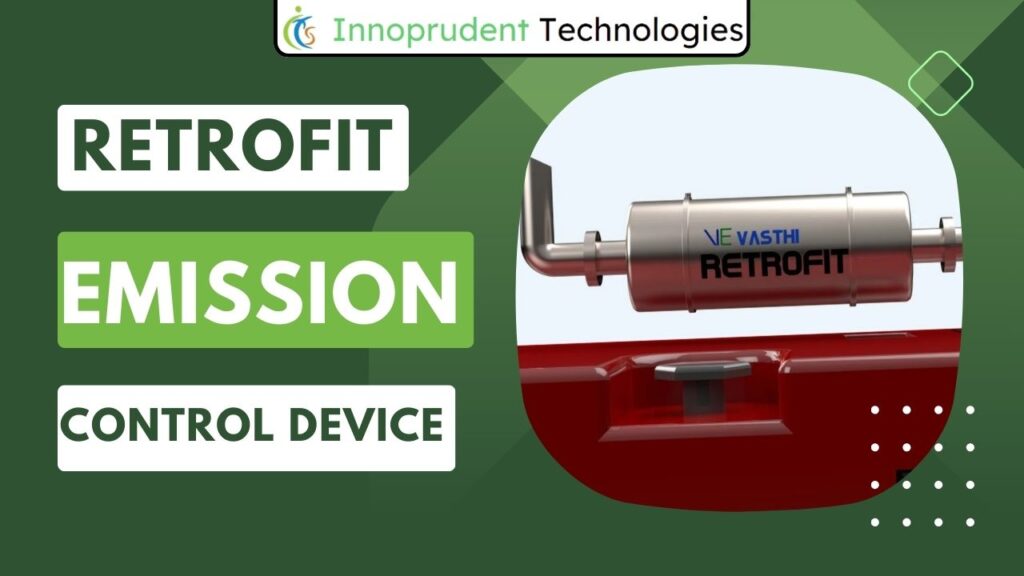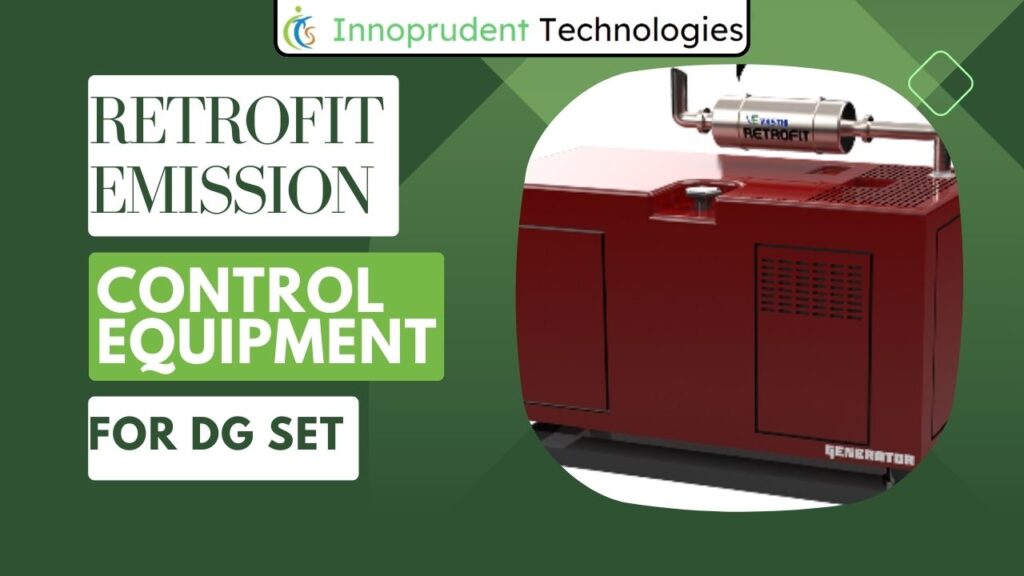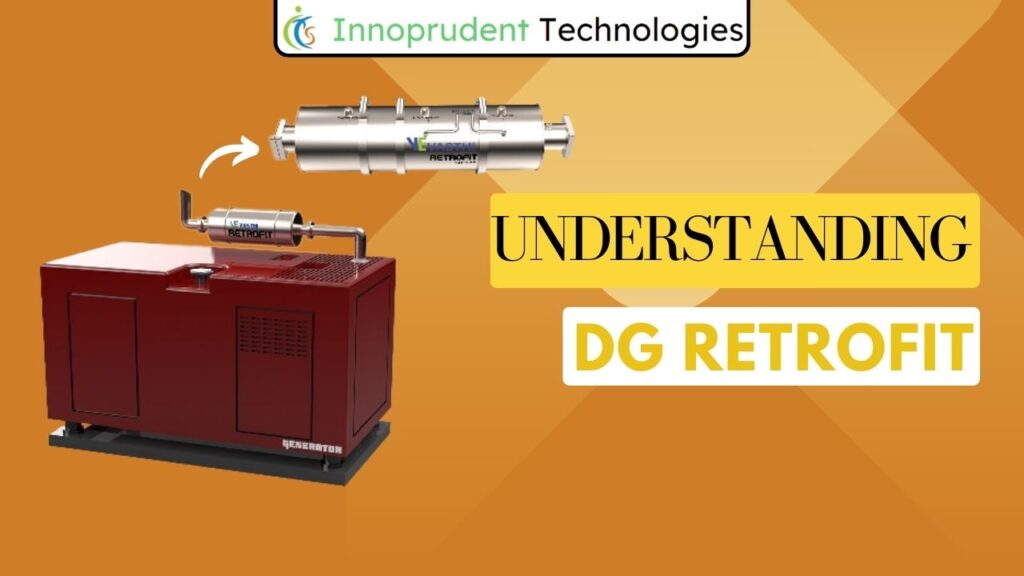Introduction
In today’s world, environmental considerations are at the forefront of many industries. A key aspect of this concern is managing emissions from vehicles and industrial facilities to reduce their impact on air quality and public health. Retrofittable exhaust gas purification systems play a key role in achieving this goal. This comprehensive guide takes a deep dive into the world of retrofit emissions control devices to explain what they are, how they work, their types of use, and benefits, and the important role they play in reducing harmful emissions. consider your role.
Understanding retrofit emissions control devices
Before we get into the details, let’s start with a basic understanding of what retrofit emissions control devices are.
Retrofit emission control devices, often referred to as retrofit or retrofit emission control systems, are retrofit technologies designed to reduce harmful emissions from existing vehicles and industrial facilities. These devices are added to older, less environmentally friendly machines to meet modern emissions standards.
Working of retrofit emissions control devices
Retrofit emission control devices use different mechanisms and techniques to reduce emissions, depending on the type of pollutant targeted.
Below is a quick overview of how they work.
- Particulate matter (PM) filters: PM filters are commonly used in diesel engines to trap soot and other particulates in a porous filter. Over time, filters can become clogged and must be regenerated or replaced to maintain efficiency.
- Selective Catalytic Reduction (SCR) Systems: SCR systems are effective in reducing nitrogen oxide (NOx) emissions. It uses a urea-based catalyst and reducing agent to convert NOx into harmless nitrogen and water.
- Diesel Oxidation Catalyst (DOC): DOC primarily targets hydrocarbon (HC) and carbon monoxide (CO) emissions from diesel engines. A catalyst is used to oxidize these pollutants to carbon dioxide (CO2) and water vapor.
- Lean NOx Trap (LNT) Systems: LNT systems are another technology for reducing NOx emissions. NOx is stored when the engine is running lean, and NOx is released and converted to nitrogen when the engine is running rich.
Types of retrofit emission control devices
There are different versions of retrofittable emission control devices, each designed for specific pollutants and applications.
- Diesel Particulate Filter (DPF): These filters capture and store soot particles from diesel engine exhaust gases, effectively reducing PM emissions.
- Catalyzed Diesel Particulate Filter (CDPF): CDPF combines the functionality of DPF and DOC to further reduce HC and CO emissions.
- Diesel Oxidation Catalyst (DOC): DOC is designed to reduce HC and CO emissions by promoting the oxidation of these pollutants.
- Selective Catalytic Reduction (SCR) Systems: SCR systems are effective in reducing NOx emissions and are often used in conjunction with other comprehensive emissions control devices.
- Lean NOx Trap (LNT): LNT systems are effective in reducing his NOx emissions in lean-burn engines. Three-way catalytic converter (TWC): TWC is commonly used in gasoline engines to simultaneously reduce NOx, HC, and CO emissions.
Application of retrofit emission control equipment
Retrofittable exhaust gas purification devices are used in a variety of fields.
- Transportation: These devices are often used to modify buses, trucks, and other heavy vehicles to meet stringent emissions standards.
- Construction and mining: Retrofit devices are used in construction and mining equipment to reduce emissions and minimize environmental impact.
- Marine: Retrofitting emissions control systems will make marine vessels more environmentally friendly, reducing NOx and sulfur oxide (SOx) emissions.
- Agriculture: Agricultural machinery such as tractors and harvesters can benefit from retrofitted emission control devices to reduce emissions while maintaining productivity.
Advantages of retrofitting an exhaust gas control device
There are several important benefits to installing retrofit emission control devices.
- Reduced emissions: The main benefit is that harmful emissions such as PM, NOx, HC, and CO are significantly reduced, contributing to cleaner air and improved public health.
- Regulatory Compliance: Modifications can bring older vehicles and equipment into compliance with the latest emissions standards and avoid penalties and restrictions.
- Fuel efficiency: Some fuels, such as DOC, can improve fuel efficiency by optimizing combustion in some devices.
- Extend equipment life: Modifications extend the operational life of vehicles and equipment, reducing the need for premature replacement.
- Corporate Responsibility: Organizations that invest in emissions retrofits can demonstrate environmental responsibility and gain a competitive advantage.
Challenges and considerations
Although retrofit emissions control devices offer many benefits, they also present challenges and considerations, including:
- Cost: Renovations can be expensive and it may take some time to see a return on investment.
- Compatibility: Not all devices are suitable for modification, so compatibility must be checked carefully.
- Maintenance: retrofit units require regular maintenance to ensure optimal performance.
- Regulatory changes: Emission standards may change and require modern upgrades or replacements.
- Installation Skills: Proper installation by a qualified technician is critical to achieving the desired results.
The future of retrofitted emissions control devices
As emissions regulations continue to evolve and environmental concerns increase, the future of retrofit emissions control devices looks promising. Advances in technology and increased adoption are expected to result in more efficient and cost-effective retrofit solutions. Additionally, retrofitting will play a key role in reducing emissions from existing vehicles and equipment, contributing to a cleaner and more sustainable future.
The future of retrofit emissions control equipment is poised for significant growth and innovation due to several key factors.
- Technological advances: Rapid advances in emissions control technology are expected to enable more sophisticated and efficient retrofit solutions. These innovations not only increase the effectiveness of existing devices but also introduce new, more environmentally friendly technologies that can be retrofitted to older vehicles and devices.
- Cost efficiency: As demand for retrofit solutions increases and production increases, economies of scale are expected to reduce the overall cost of retrofits. This cost reduction will make emissions control retrofits more accessible to a wider range of industries and businesses.
- Regulatory pressures: As governments around the world focus on reducing emissions, especially in urban areas, retrofitting emissions control equipment to ensure compliance with stricter regulations will continue to be an important tool. This pressure will encourage further research and development in this area.
- Environmental awareness: Increasing environmental awareness among consumers and businesses will drive the adoption of retrofit solutions. Companies looking to meet corporate responsibility goals in line with sustainability goals will increase their investments in refurbishing their vehicles and equipment.
- Integration with IoT and data analytics: Integrating retrofit devices with the Internet of Things (IoT) and data analytics enables real-time monitoring and optimization of emissions controls. This integration not only improves environmental performance but also reduces maintenance costs through predictive maintenance.
Some More Posts
Conclusion
Retrofittable emissions control devices are important tools in the ongoing effort to reduce harmful emissions and improve air quality. The ability to upgrade older vehicles and equipment to meet stringent emissions standards is essential to a cleaner, more sustainable future. As technology continues to advance and awareness of environmental issues increases, retrofitting will continue to be an important strategy in the fight against air pollution, benefiting public health and the planet as a whole.
Some FAQs
What is the primary purpose of retrofit emissions control devices?
Retrofit emissions control devices are designed to reduce harmful emissions from existing vehicles and industrial equipment, helping them comply with modern emissions standards and thereby improving air quality and public health.
How do retrofit emissions control devices work?
These devices use various mechanisms like particulate matter filters, selective catalytic reduction, oxidation catalysts, and more to target specific pollutants and convert them into less harmful substances.
What types of vehicles and equipment can benefit from retrofitting emission control devices?
Retrofit emission control equipment can be applied to a wide range of machinery, including trucks, buses, construction and mining equipment, marine vessels, and agricultural machinery.
What are the advantages of retrofitting emission control devices?
The key benefits include reduced emissions, compliance with regulations, improved fuel efficiency, extended equipment lifespan, and the demonstration of environmental responsibility by organizations.
What are the challenges associated with retrofitting emission control devices?
Challenges include initial costs, compatibility issues, regular maintenance requirements, potential regulatory changes, and the need for proper installation by qualified technicians.



